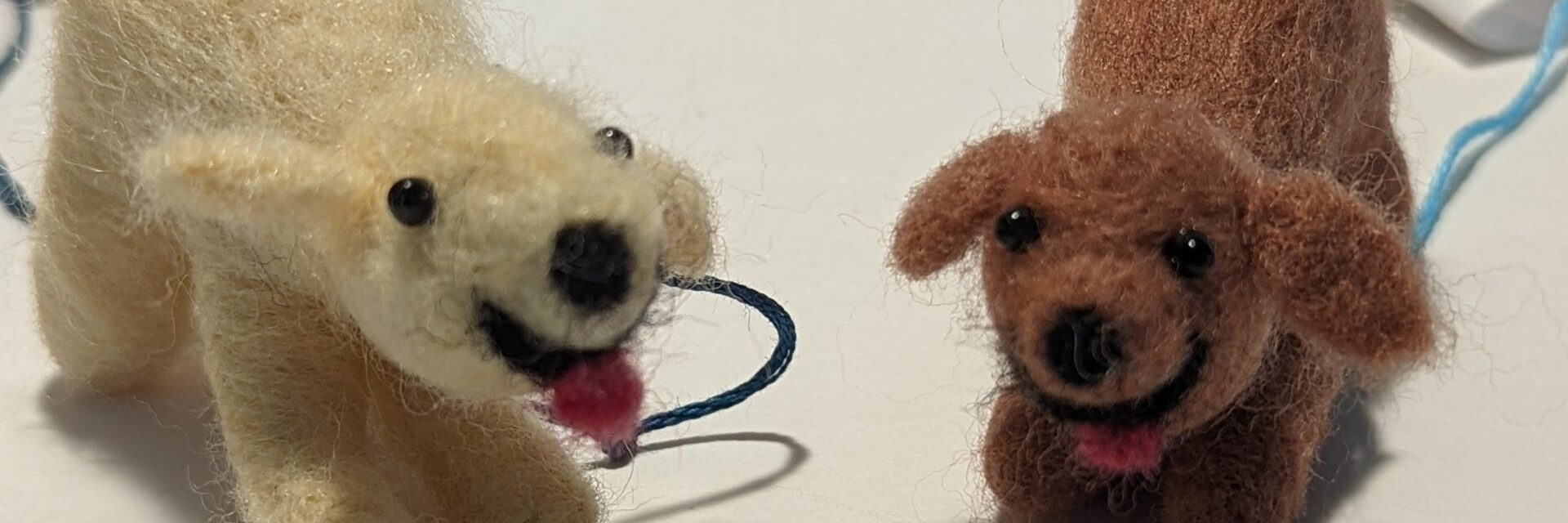Here is my Google Map of the favorite places I’ve been, and places I would like to go. I really enjoyed this project, and found I had to force myself to stop working on it. Google Maps is fun and easy to use, and I hope you enjoy looking at it. For my truly favorite,… Continue reading Digital Project 2
Blog
Digital Mapping
Thee project, Mapping Nineteenth-Century London’s Art Market led by scholars Pamela Fletcher and Anne Helmreich, began with Fletcher’s question: how did the commercial art-gallery system operate in nineteenth-century London? Fletcher was curious about where people encountered works of art, and how did the physical and social circumstances of those encounters shape their responses? She was… Continue reading Digital Mapping
Thinglink Test
I had a lot of trouble embedding this. But I finally got it!
Oral History in the Digital Age
Linda Shopes “Making Sense of Oral History” offers some key information for beginners on how to work with oral history interviews as historical evidence. Shopes describes oral history as a dialogue between interviewer and narrator. The questions shape the responses, as well as the narrator’s frame of reference, and what the narrator deems is crucial… Continue reading Oral History in the Digital Age
Art and Fair Use
One of the articles we read this week was Paula Aufderheide’s report on Copyright, Permissions, and Fair Use among Visual Artists and the Academic and Museum Visual Arts Communities. Fair use is part of the United States copyright law, and can be confusing. It refers to the right to reuse copyrighted material without permission or… Continue reading Art and Fair Use
Making the Invisible Visible
In 1901, one of the first acts of the Commonwealth of Australia was to create a system which would keep the newly-formed nation white. The legislation was specifically designed to limit non-British migration to Australia. In Australia, this idea focused particularly on people of Asian descent, but applied to all non-whites, including indigenous Australians, who… Continue reading Making the Invisible Visible
Digital History: A Guide
In Digital History: A Guide to Gathering, Preserving and Presenting the Past on the Web, Daniel J. Cohen and Roy Rosenzweig unequivocally state that the future is digital, and that the historians of tomorrow will “glory” in a digital historical record. They announce that this digital historical record will transform the way historians research, present,… Continue reading Digital History: A Guide
The Serendipitous Discovery
Diane Zorich’s study, Transitioning to a Digital World: Art History, Its Research Centers and Digital Scholarship surveyed art historians to clarify the perceptions on the role of digital scholarship and its future impact on the discipline of art history. Completed in 2012, this survey displays the key issues which prevent art historians from wholeheartedly embracing… Continue reading The Serendipitous Discovery
